8:00 AM. It’s your first time visiting the local coffeeshop before noon. The coffeeshop is noisy with office workers grabbing breakfast before they start their busy day and elderly men engrossed in their daily chit-chat. You peek over the shoulder in front of you — one, two, great! It’s almost your turn at the drink stall. “Auntie, I want one Set A,” you hear the man in front of you say. Set A? You look up at the menu and there it is, a picture of ‘Set A’ in all its glory. Looks like a toasted sandwich with an unidentifiable green center. Is that egg at the side uncooked? What’s a kopi?
“What you want?”
“Umm, can I get a Set…A?”, you blurt out. What did I just order?!
The counter lady hands you a tray that looks like a replica of the picture you saw. You take a seat and bite into the square-shaped bread on your plate with caution. Unbeknownst to you, you’ve just gotten a taste of the quintessential Singaporean breakfast, Kaya Toast.
---
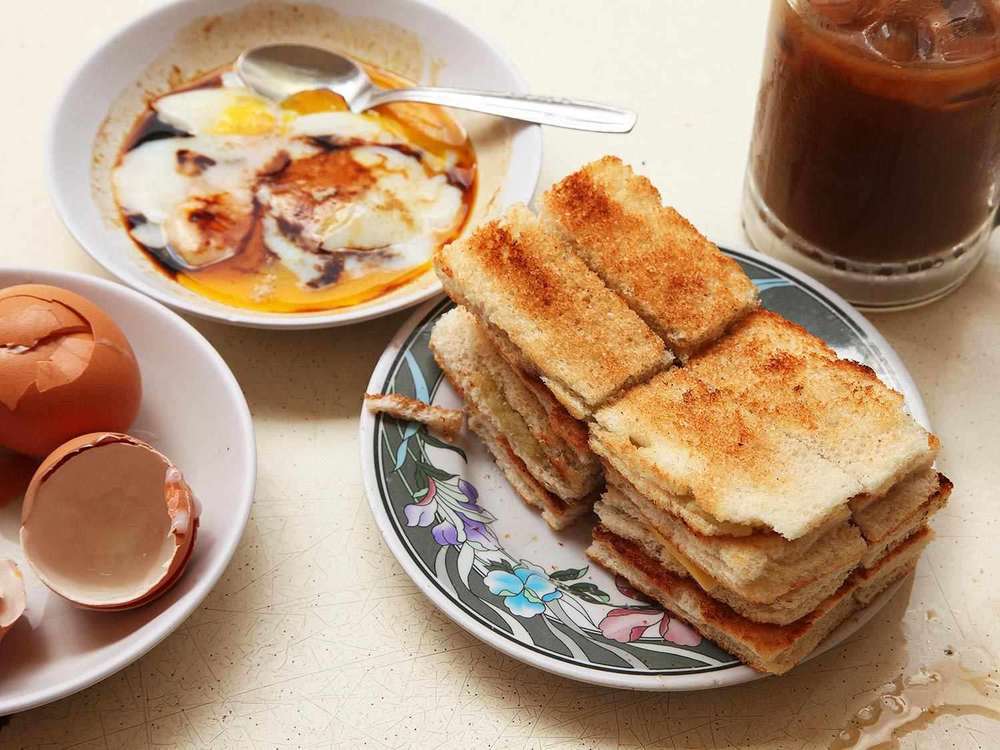
Kaya Toast Breakfast Set (Set A)
Source: seriouseats.com
Wait, what is kaya?
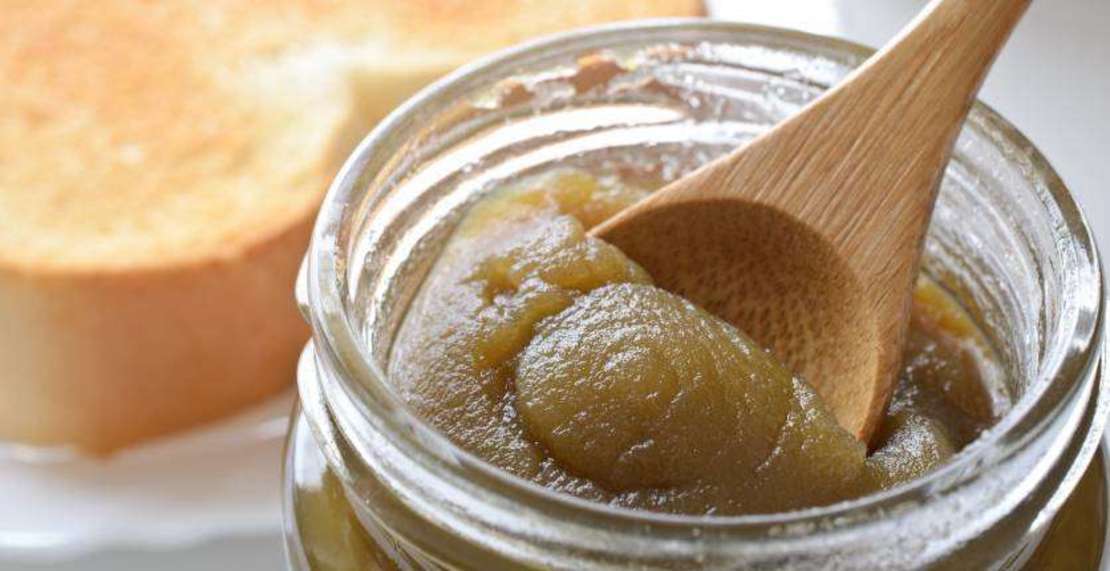
Source: nsman.safra.sg
A traditional jam made from coconut and eggs, kaya is an indispensable breakfast spread of the Singaporean pantry. There are two main types: Hainanese kaya and Nyonya kaya. Hainanese kaya is made with caramelised or brown sugar that gives it a rich caramel colour, while Nyonya kaya is flavoured with pandan and has a green tint.
Kaya Toast
In 1919, Singapore’s oldest Hainanese coffeeshop opened along Killiney Road. Named Kheng Hoe Heng Coffeeshop, this was where kaya toast was first served to customers. The shop was then bought over by a regular customer in 1992 and renamed Killiney Kopitiam.
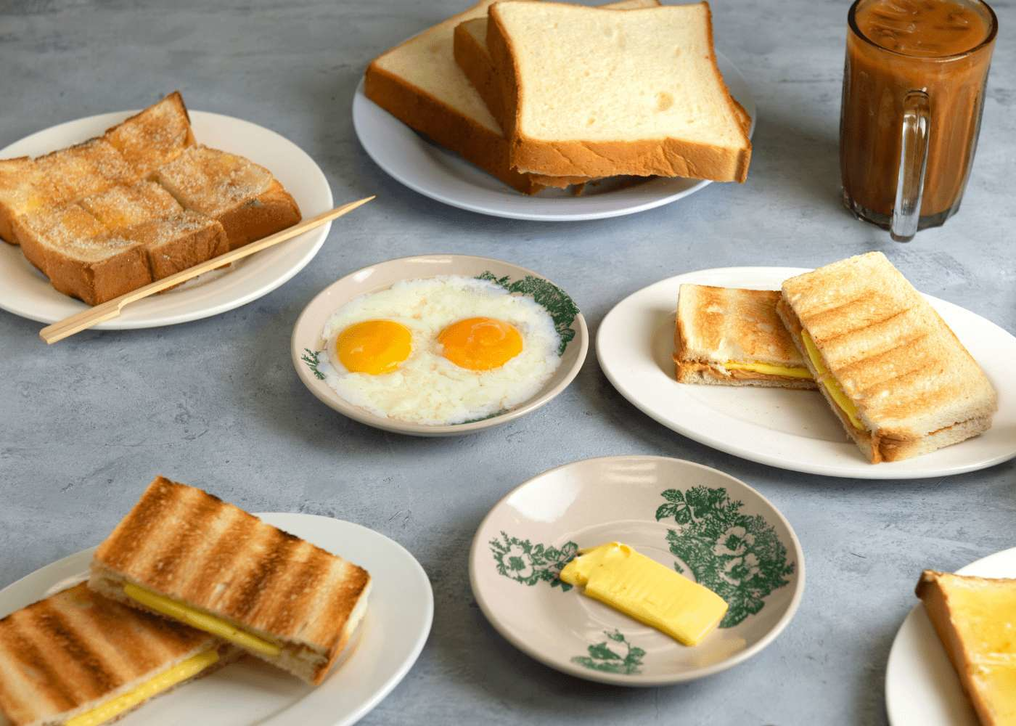
Source: thehoneycombers.com
Kaya toast is essentially toasted or charcoal-grilled—if it’s more traditional—slices of bread sandwiching a generous spread of kaya and a square (or multiple squares) of cold butter. The kaya is sweet and the toast, satisfyingly crunchy. Traditional kaya toast bread would be thin and crisp, but modern variations include thicker and fluffier bread.
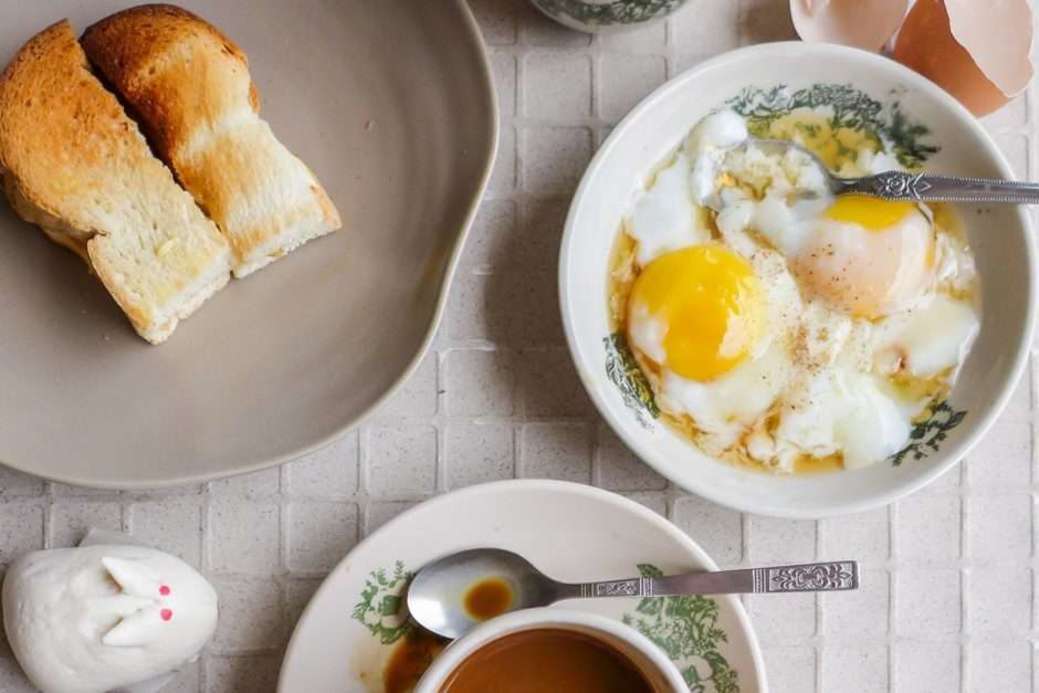
Source: asianinspirations.com.au
Often accompanying is a bowl containing two eggs and an empty saucer. Don’t be confused. These are half-boiled eggs, a must-have with kaya toast! Crack the eggs into the saucer and add a little bit of dark soy sauce and a dash of pepper. Dip the kaya toast into the eggs for a whole new taste, or slurp them up as the locals do.
Tip: Some places may serve the eggs still immersed in hot water. Leave the saucer on as a lid and wait a few minutes before cracking the eggs!
Oh yes, you simply can’t have kaya toast without local kopi (coffee) or teh (tea). There are all sorts of styles for a cup of kopi and I wouldn’t want to digress. If you’re curious, check out our article on Singapore’s coffee culture instead!
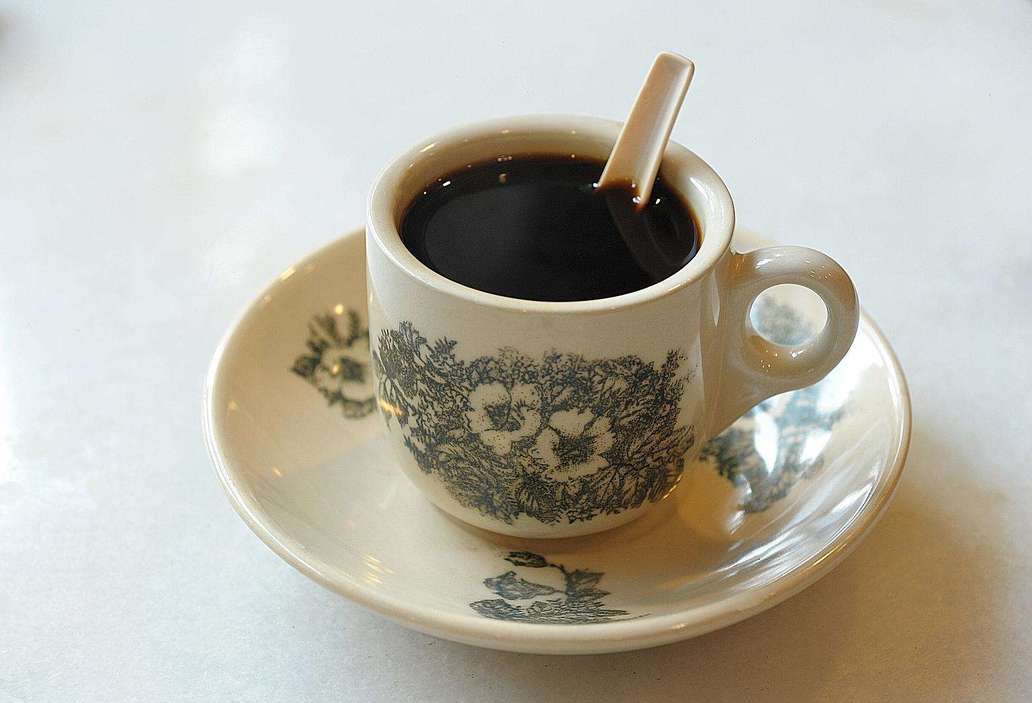
Source: straitstimes.com
But I’ll let you in on an interesting fact — in the 1930s, Singaporeans used to add a slab of butter to their kopi! Known as Kopi Gu You, the butter was used to soften the harsh notes of Robusta coffee beans. Today, the beans are roasted with sugar, butter, margarine, or lard to achieve a mellower taste. Most coffeeshops no longer add butter in coffee, but you can still find it at the old-school Heap Seng Leong coffeeshop at North Bridge Road.

Chin Mee Chin Confectionery
Source: Mothership.sg
If you are craving this Singapore everyday breakfast, Chin Mee Chin Confectionery at 204 East Coast Road has been around since the 1920s and has kept the old-school interior, complete with Peranakan tiles. Good Morning Nanyang Cafe in Far East Plaza is also worth a visit when you’re in Orchard. That said, kaya toast can be found in nearly every coffeeshop in Singapore. It’s a staple, you see.
And there you have it, all you need to know about the iconic Singaporean breakfast, Kaya Toast!
---
Equipped with your newfound knowledge, you walk up to the drink stall with confident strides.
“Auntie, I would like a Set A please.”
• • •
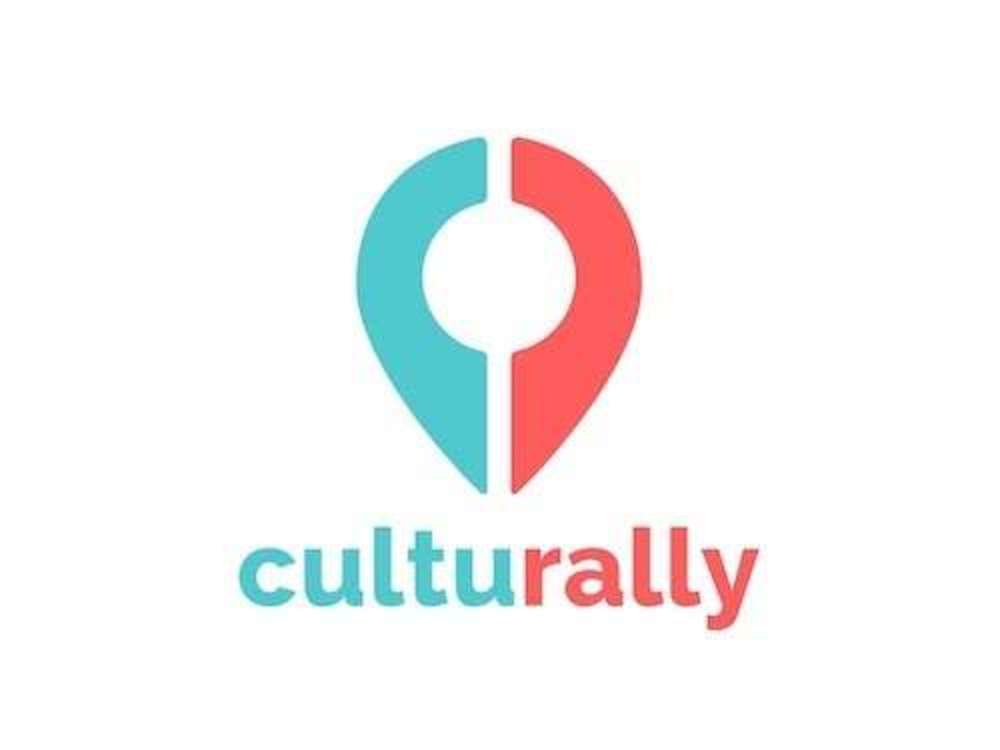
At Culturally, we offer customised hands-on cultural experiences for you and your loved ones to enjoy and have fun whilst learning about other cultures!